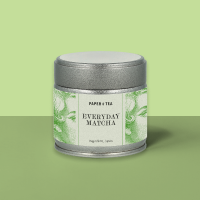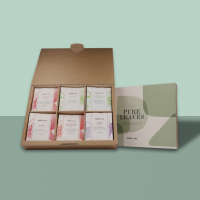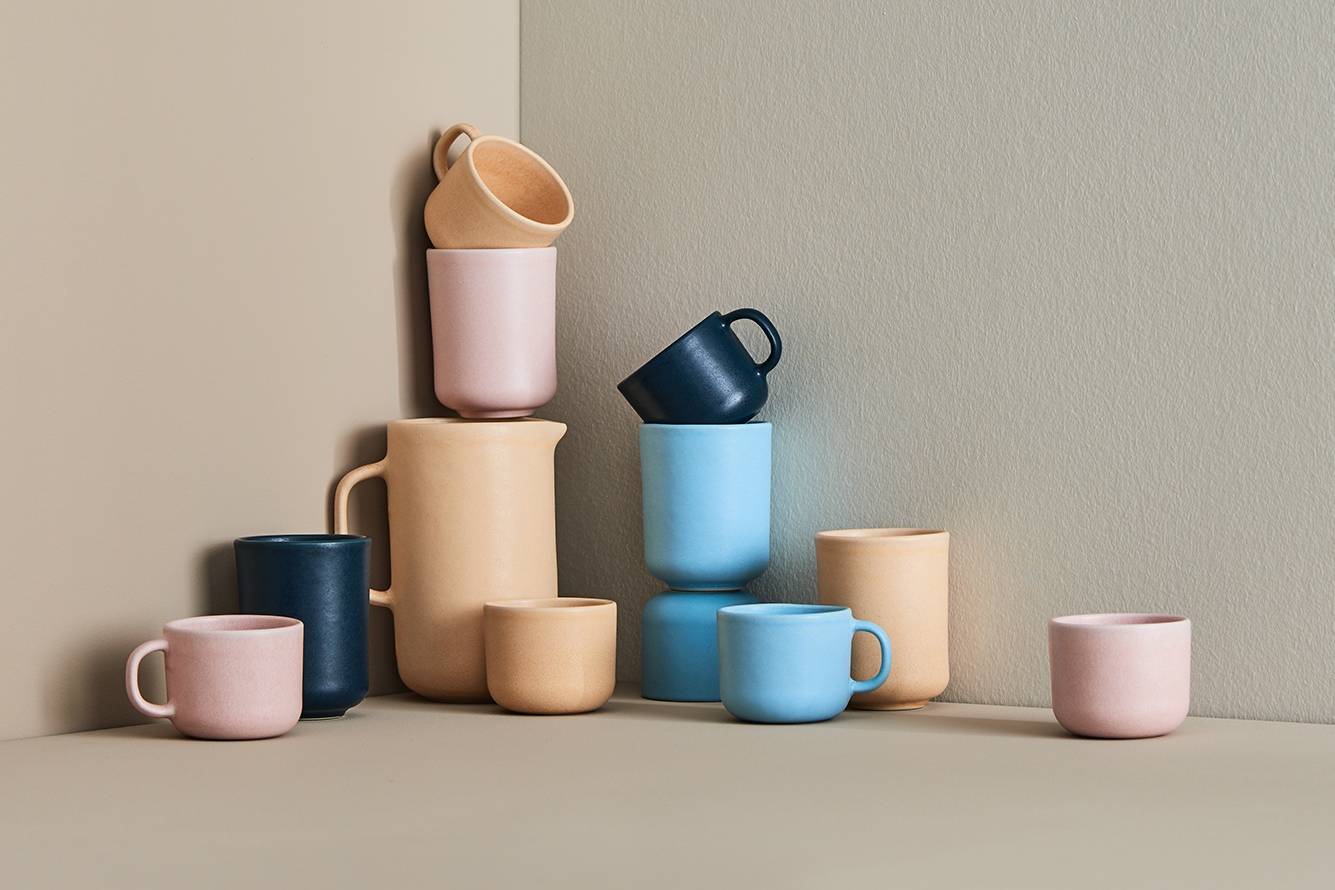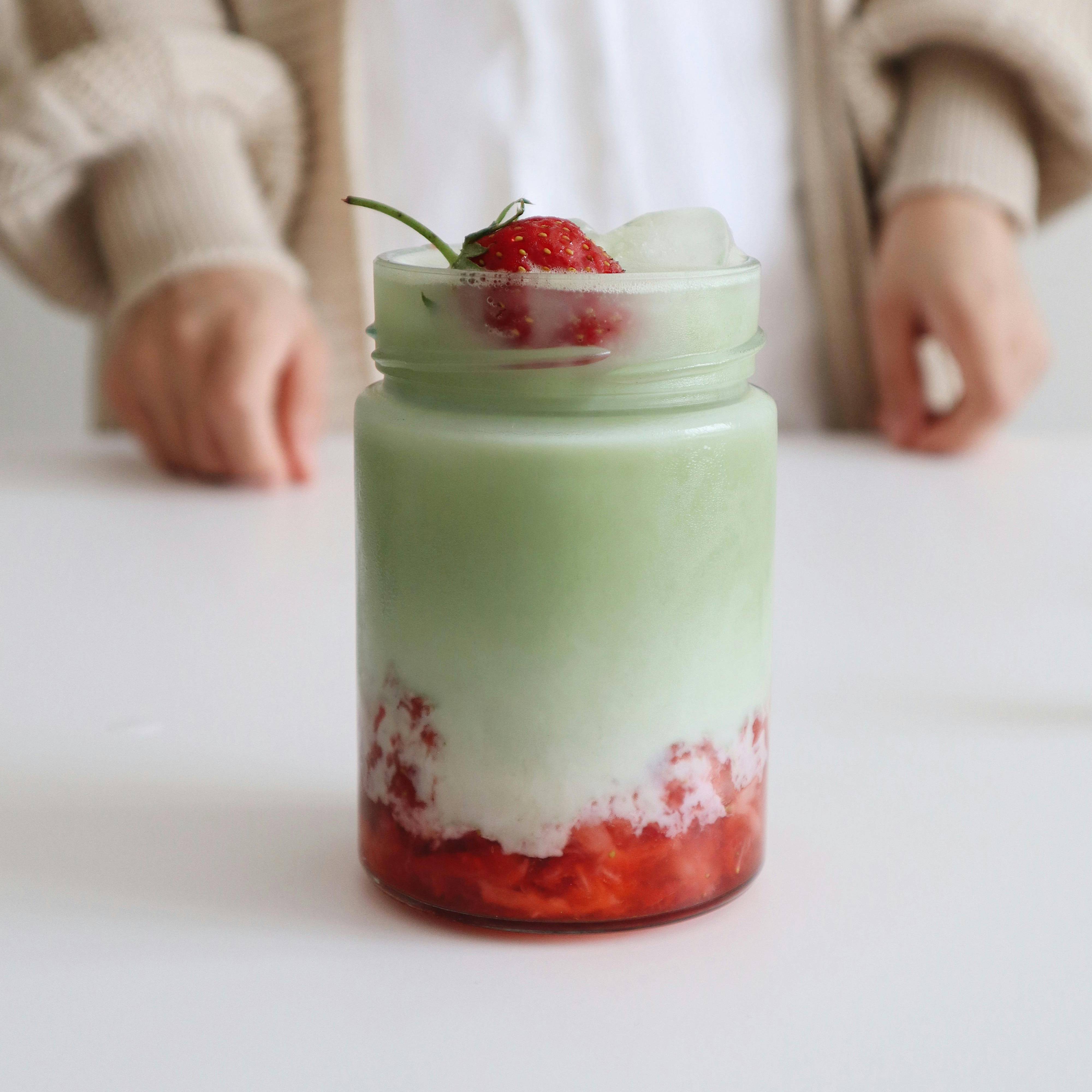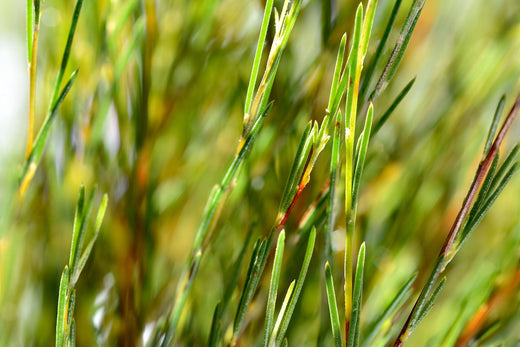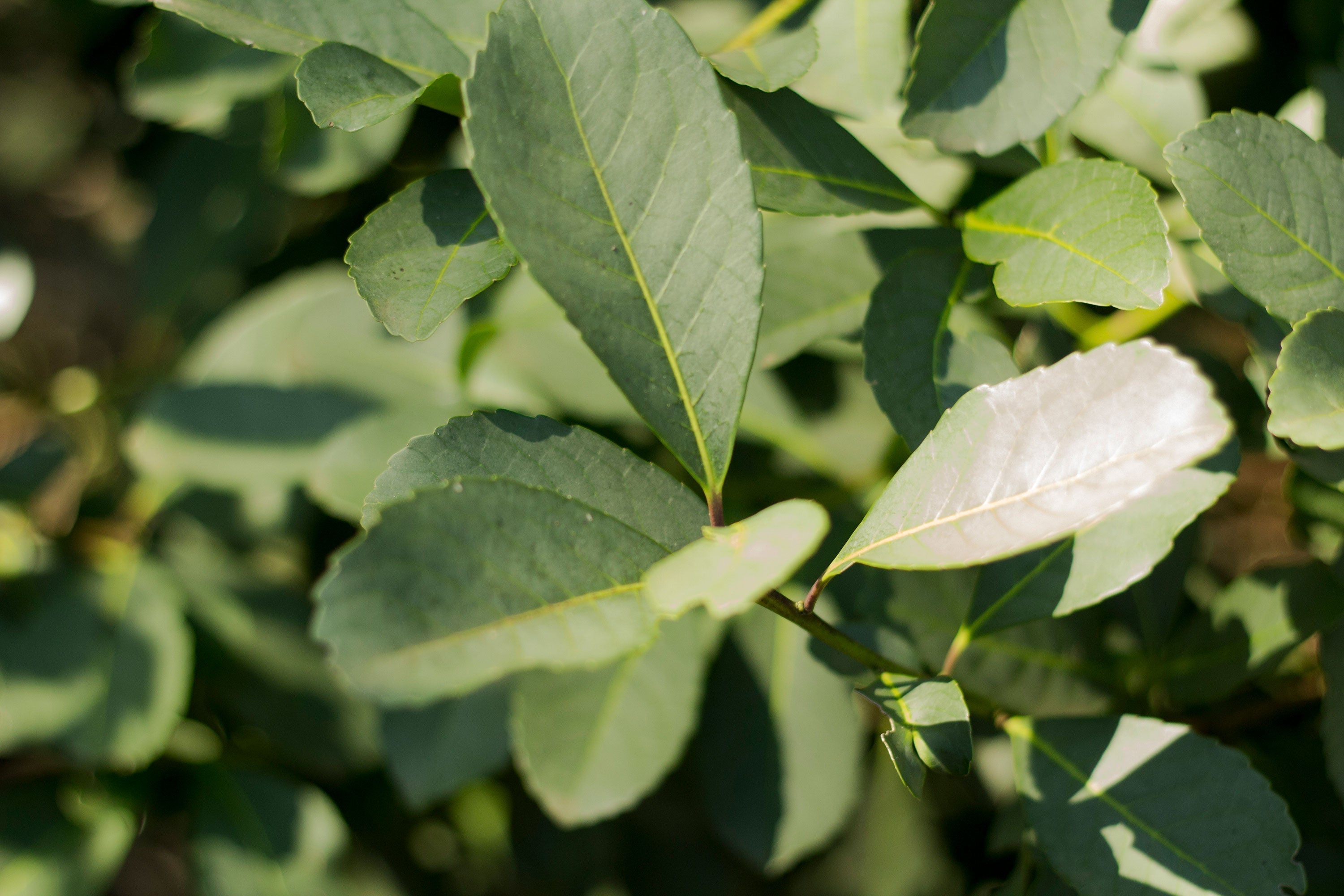Tea is enjoyed all over the world, taking on a variety of forms and reflecting a diverse range of traditions. You might already be familiar with well-known tea rituals from Asia or Europe. But do you know about South America's tea varieties and their cultural significance? In this blog post, we are taking you on a journey to South America, where tea is so much more than just a beverage.
From Argentina to Brazil: The Tea Landscape of South America
When you think of South America, coffee likely comes to mind first. Countries like Colombia, Brazil, Peru, and Ecuador are renowned for their excellent coffee, securing the continent's status as the world's largest coffee producer. Nonetheless, tea also holds a vital place in South American culture: from the intense Yerba Mate and refreshing Tereré to the unique Lapacho herbal infusion, South America boasts a fascinating tea culture with varieties that carry intriguing origin stories and are made in distinct ways.
In South American countries, tea is a popular drink and a central cultural element. The tea ritual is an important social activity, providing a moment to slow down, pause, and recharge. Refusing an invitation to share tea can be considered impolite, though it is understood that one should only accept if one is in good health to prevent spreading illness.
Mate - The Heart of Argentine Tea Culture
Mate tea is made from the leaves of the evergreen Yerba Mate tree, which can grow up to 20 meters tall in the wild. Centuries ago, the indigenous peoples of South America discovered this plant and began making a beverage from its leaves. It became so cherished that it was even used as currency! It was not until the early 20th century that Yerba plants began to be cultivated, mainly in Argentina, Paraguay, and Brazil today. Argentina alone produces an astonishing 270 million kilograms of Mate tea annually!

The Proper Way to Prepare Mate
To enjoy Yerba Mate, you will need a few special tools. The mate gourd (original name in Spanish: calabaza), also simply called mate, is the traditional mug from which Mate is drunk. It comes in various shapes, colors, and sizes. Originally, hollowed gourds were used for this, hence its name. Nowadays, they are often made from wood, ceramic, or metal and are ornately decorated. The straw, known as the Bombilla, also plays a key role. Typically made of metal, the Bombilla has a small filter at the bottom to prevent you from drinking the small plant particles. Finally, you will need some Yerba Mate, and you are set to go:
- Fill your gourd about halfway with Mate and gently shake it so that the leaves settle loosely inside.
- Insert the Bombilla at an angle into the Mate and try to move it as little as possible afterward.
- Pour hot water over the Mate, ensuring the temperature is around 70-90°C (160-195°F).
- And voilà-you are ready to enjoy some Yerba Mate. Refill the Mate with fresh water until the taste is washed out. A good Mate can be infused up to 10 times!

The Social Mate Ceremony
The tradition of preparing and drinking Mate is a core practice passed down through generations in South American culture. When shared in a group, it is part of the ritual for everyone to drink from the same mate gourd and Bombilla. Changing the Bombilla would not only be seen as rude but also as odd. If someone is feeling unwell, they decline to prevent spreading germs. During such ceremonies, there is usually a Cebador, a kind of master of ceremonies, responsible for preparing the Mate tea and distributing it among participants. The Cebador refills with hot water until the leaves lose their flavor. If the Bombilla gets clogged or any other issue arises, the Cebador takes care of it. Finally, the vessel is cleaned, marking the end of the tea round.

In South America, Yerba Mate is a part of everyday life. While it is a symbol of sociability and togetherness, it is enjoyed not only with family, friends, or strangers but also often alone, especially in the morning.
The Cultural Significance of Lapacho Tea
Lapacho tea is made from the bark of the pink-blossoming Lapacho tree, revered by locals as the tree of life. The tree is not harmed by bark removal; it regenerates quickly, and new bark grows within weeks without damage.

Lapacho's taste is described as mild with a slight sweetness, like red Rooibos. The plants also share a characteristic color: both Lapacho and Rooibos exhibit a red to rust-brown hue. Unlike Rooibos, Lapacho offers delicate vanilla aromas, making it a favored choice for many.
This bark tea has been highly valued in South America, particularly in Bolivia, Peru, and Paraguay, for centuries. In Europe, however, Lapacho was almost entirely unknown until recent years. Consequently, you might find some fake or inferior products made from wood waste in the European market, aimed at unwary buyers. Therefore, when purchasing Lapacho, look for trusted producers.
Tereré: Brazil's Chilled Delight
On sweltering days-and South America certainly boasts its share-nothing offers relief quite like a cool, refreshing drink. That is where Tereré comes in, the Cold Brew version of Yerba Mate. While the origins of this preparation style are somewhat hazy, today Tereré is primarily associated with Paraguay, Brazil, and Argentina. Traditionally it is made much like Yerba Mate, with the key difference being that hot water is swapped for ice-cold water. As an added touch, ice cubes are often placed around the Bombilla to enhance the chill factor.
Nowadays, there are numerous inventive twists on the classic recipe. For instance, ice water can be steeped with citrus fruits such as grapefruit, orange, lime, and lemon, or with herbs like mint before it is poured over the Mate. This simple technique introduces an array of flavorful notes to the Mate infusion. And if you prefer a touch of sweetness, you can easily stir in some sugar to suit your taste.
Black Tea from Colombia: An Undiscovered Treasure
Since the mid-20th century, the cultivation of black tea has been developing in Colombia. Through agricultural biodiversity efforts, Colombia received tea plants from Sri Lanka. This project aimed to determine whether and how these plants would grow in the region. These experiments proved successful, and Colombia's first tea gardens have since thrived splendidly. We are eager to see how Colombia's tea culture will evolve over the coming years, considering the growing popularity of black tea.
Tea in South America: An Invitation to Savor
You have now discovered the rich diversity of South American tea culture. Are you eager to dive deeper into the world of South American teas and try the ones mentioned? Let yourself be inspired by Mate, Tereré, and Lapacho-whether alone or in a group, tea offers a window into the cultural identity of the countries it comes from. Tea is more than just a drink-it is an invitation to celebrate togetherness and explore parts of other cultures.

